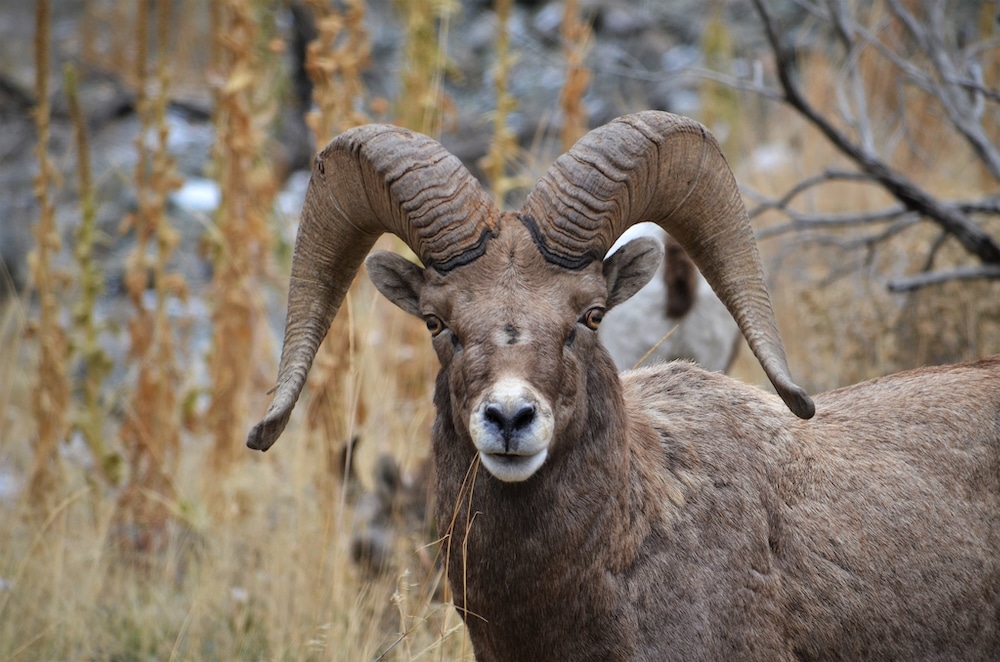
The threat of extinction and endangerment of species is accelerated by human activity like deforestation, hunting and pollution, as well as climate change and its various impacts like extreme weather and warming temperatures. A species’ importance to an ecosystem often isn’t noticed until it’s gone. When humans encroach on wild territory, we often disrupt the delicate food chains that exist in wild ecosystems. Removing a source of vegetation or an apex species might have wide ripples, impacting countless other animal populations. Wildlife reintroduction is a process by which native species are reintroduced to areas from which their populations have dwindled or disappeared. Here are a few of the most successful reintroduction efforts throughout history.
Bighorn Sheep, John Day Fossil Beds National Monument

An iconic sight in Eastern Oregon and the American West, bighorn sheep used to roam the steep hills, cliffs, and canyons of John Day Fossil Beds National Monument. After overhunting and diseases carried by domesticated sheep began decimating their numbers, the last wild bighorn died in the early 1900s. Their release marks the first time these sheep have populated the area in more than a century.
In 2010, the Bureau of Land Management, National Park Service, the Oregon Department of Fish and Wildlife, and local ranchers and officials captured 29 sheep from the lower canyons of the John Day River — which runs nearly 300 miles in northeastern Oregon — and transported them over 100 miles before releasing them in the area. Now, visitors of the monument can once again look for their forms traversing the steep cliffs and canyons of the landscape.
Giant Tortoise, Galápagos Islands
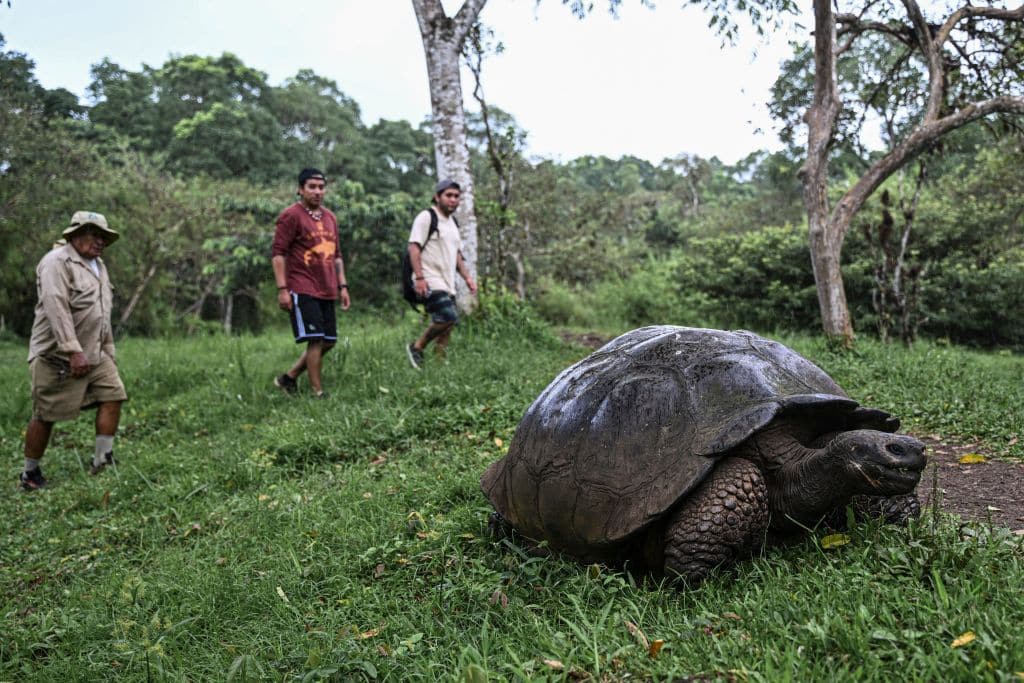
Iniciativa Galápagos, led by the Galápagos Conservancy and the Galápagos National Park Directorate, seek to restore 11 species of giant tortoise in the Galápagos, even in areas where they had gone completely extinct. Invasive species and hunting decimated their numbers over time. Buccaneers and whalers used tortoises as a food source in the 18th and 19th centuries, and later, humans harvested them for oil. The introduction of non-native species also proved fatal, especially rats, pigs and dogs that preyed on their eggs and young, and grazing animals like cattle, donkeys and goats that destroyed parts of their habitat.
Since 1965, captive rearing programs have raised tortoises until age 5 and then released them on the islands. Since then, more than 10,000 tortoises have been raised in captivity and then released, boosting the number of individuals to about 10% of their historical population. While a low percentage, it’s a great improvement over the near-extinction numbers of the past. Saving these tortoises is vital for the Galápagos ecosystem, as they graze on plant populations and disperse seeds, and are major drivers of tourism in the region.
Black-Footed Ferrets, Badlands and Wind Cave National Parks
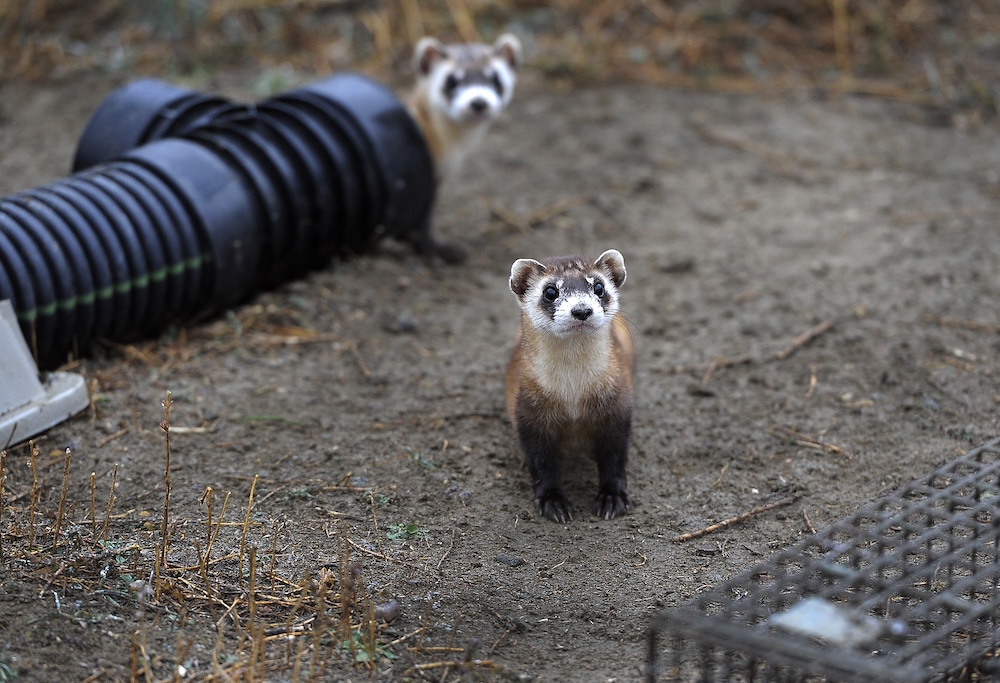
Once considered the rarest mammal in the world, the black-footed ferret is making a comeback. They’d been declared extinct in 1979, until, to a Wyoming rancher’s great surprise, his dog brought one of their bodies back in his jaws. They discovered a small population nearby whose numbers were dwindling due to disease — in 1987, only 18 individuals remained.
The ferrets had been greatly impacted by the near-extermination of prairie dog populations in parts of the U.S., which make up 90% of their diet. Prairie dogs were seen as pests by farmers when American prairies were being rapidly converted into farmland. After capturing the ferrets and placing them in a captive breeding program, the NPS started reintroducing them to their original habitat; first 147 in Badlands National Park between 1996-1999, then 33 in Wind Cave National Park in 2007, after which they’ve been introduced to other places. Depending on the density of prairie dogs, Wind Cave National Park can support between 40 and 60 individuals, and about 120 are currently living in Badlands.
Despite reintroduction efforts, the ferrets still remain critically endangered. Habitat fragmentation and outbreaks of plague common in prairie dog populations remain prominent threats to their populations. However, Badlands is now home to a self-sustaining population of black-footed ferrets, able to maintain their own population without the intervention of captive breeding programs.
Gray Wolves, Yellowstone National Park
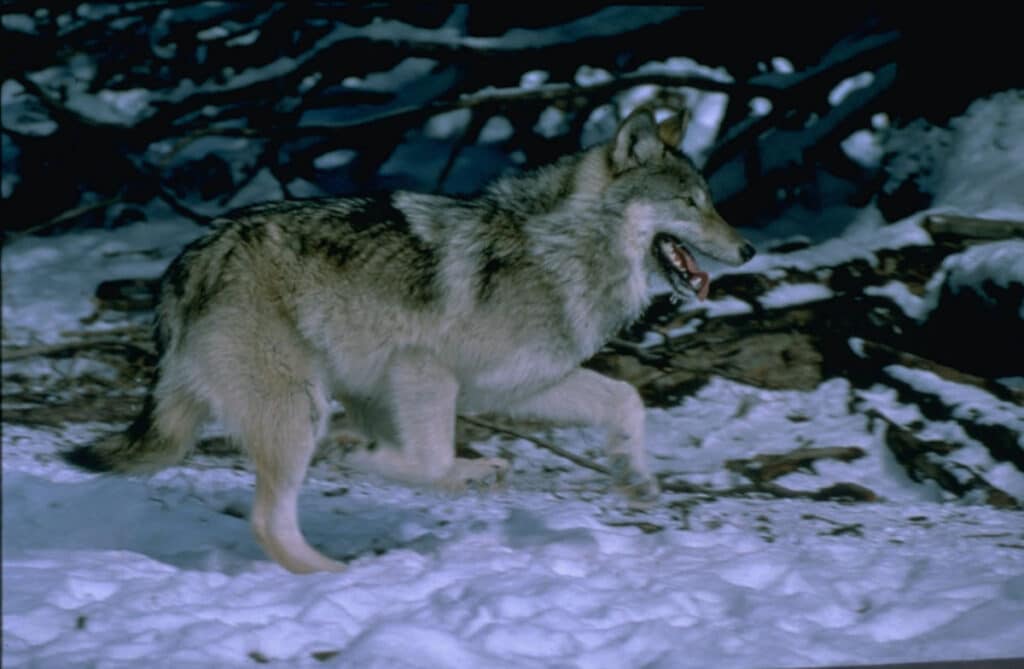
Perhaps the most famous reintroduction in history, gray wolves were released back into their natural habitat in Yellowstone National Park in the late 20th century. As humans expanded westward in the 1800s, livestock came more frequently into contact with predators. Many of these predators were systematically killed by settlers, so wolves — apex predators at the top of the food chain — had less to feed on, and began eating domesticated animals instead. By the 1920s, they had been essentially eradicated from the park through hunting in an effort to protect livestock.
After their elimination, the ecosystem changed rapidly. As apex species, wolves had been essential to the ecosystem. In their absence, elk and deer populations — previously a food source for wolves — exploded and proceeded to feed heavily on aspens and other trees that once held together stream banks and housed birds. Erosion ensued, and without their avian predators, insect populations grew.
In 1974, wolves were listed as endangered under the Endangered Species Act, and the U.S. Fish and Wildlife Service worked with the NPS to come up with a reintroduction strategy. In 1995, 14 Canadian wolves from Alberta were reintroduced to the park, first acclimated in pens for several weeks with plentiful elk carcasses to feast on and (literally) get a taste for their new home. The reintroduction has been seen as a huge historic success for the health of both wolf populations and the Yellowstone ecosystem at large. However, it wasn’t without controversy. Some critics argue that the elk population has fallen too low due to the wolves, but current data indicates that they will ultimately continue to lead to greater biodiversity in the area. In 2022, 10 packs of wolves and 108 individuals were reported in the park.
Bald Eagles, Channel Islands National Park
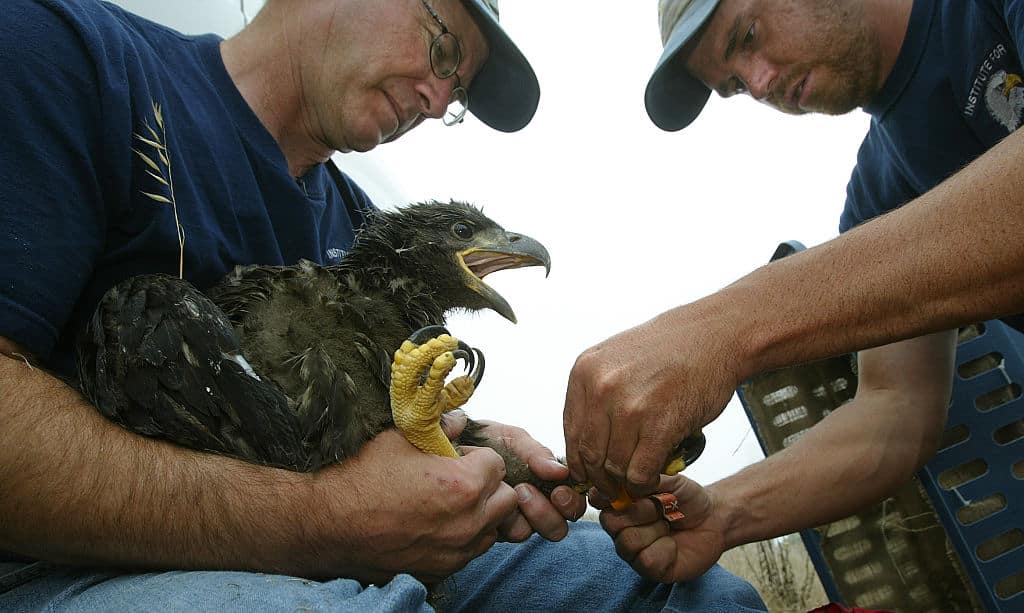
Bald eagles used to nest in five islands of Channel Islands National Park, but they had all but disappeared by the 1950s. Along with trapping and shooting in the area, DDT — a dangerous pesticide — is partially responsible for their decline. The pesticide was used heavily on farms at the time and then washed into waterways, poisoning the fish that birds fed on. This led to thinner, weaker eggshells, which cracked before the baby eagles could hatch. After DDT was banned in 1972, some bald eagle populations saw a resurgence, but many still struggled.
The Montrose Settlements Restoration Program gave funding for their reintroduction in 2002, bringing eaglets from Alaska and other areas. They were reintroduced through a technique called “hacking,” wherein 8-week-old birds were kept in hack towers on Santa Cruz Island until they could fly. Between 2002 and 2006, 61 total eagles were released in the northern Channel Islands. As a keystone species, their reintroduction has been hugely impactful on the ecosystem, and has been crucial to the recovery of the endangered island fox. In 2006, the first successful bald eagle nest was found on the islands in over 50 years, and populations have been growing ever since.
The post 5 Successful Wildlife Restoration Efforts Throughout History appeared first on EcoWatch.
